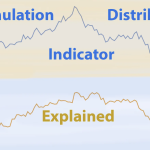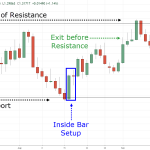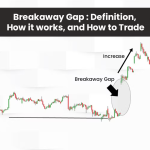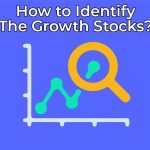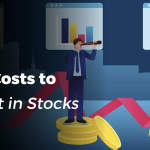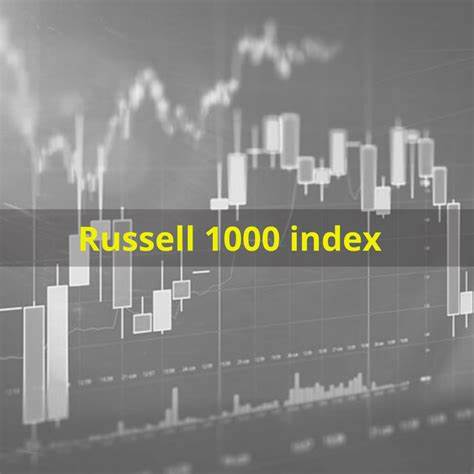
The Russell 1000 Index is a key stock market index that tracks the performance of the 1,000 largest publicly traded companies in the United States, representing a substantial portion of the U.S. equity market capitalization. Established by the Frank Russell Company in 1984, the Russell 1000 serves as a crucial benchmark for investors looking to assess the performance of large-cap stocks and gain insights into broader market trends.
What Is the Russell 1000 Index?
The Russell 1000 Index is part of the broader Russell 3000 Index, which includes the 3,000 largest U.S. companies. The Russell 1000 specifically focuses on the top 1,000 companies by market capitalization, which often includes well-known names in various sectors such as technology, finance, healthcare, and consumer goods. The index is weighted by market capitalization, meaning larger companies have a more significant impact on its performance.
Why Is the Russell 1000 Index Important?
The Russell 1000 Index holds significance for several reasons:
- Market Benchmark: As a leading measure of large-cap stock performance, the Russell 1000 serves as a benchmark for investors to evaluate their portfolios and understand overall market movements. It provides a clear reference point for assessing the performance of large-cap investments.
- Economic Indicator: The index reflects the health of the U.S. economy, as the performance of its constituent companies is often correlated with economic growth. Movements in the Russell 1000 can indicate broader economic trends, making it a vital tool for economic analysis.
- Diverse Representation: The Russell 1000 Index encompasses a wide range of sectors, offering a diversified view of the U.S. economy. This diversity allows investors to gain insights into how various industries are performing and how they contribute to overall market dynamics.
Why Should You Use the Russell 1000 Index?
Investors and analysts utilize the Russell 1000 Index for several purposes:
- Investment Decisions: The index provides insights into leading companies within the large-cap segment of the market, helping investors identify potential investment opportunities in high-performing stocks.
- Portfolio Diversification: By investing in funds that track the Russell 1000, investors can achieve diversified exposure to large-cap equities, mitigating the risks associated with investing in individual stocks.
- Performance Measurement: The Russell 1000 serves as a benchmark for evaluating the performance of investment portfolios focused on large-cap stocks. Comparing portfolio returns against the Russell 1000 allows investors to assess the effectiveness of their investment strategies.
Should You Invest in the Russell 1000 Index?
Investing in the Russell 1000 Index can be an appealing option for both individual and institutional investors. Many Exchange Traded Funds (ETFs) and mutual funds are designed to track the Russell 1000, making it accessible for those looking to invest in large-cap U.S. equities.
However, potential investors should consider several factors before committing:
- Market Volatility: Like all markets, the Russell 1000 can experience fluctuations influenced by economic conditions, geopolitical events, and other external factors. Understanding your risk tolerance is essential.
- Investment Goals: If your investment strategy aligns with a long-term growth outlook for the U.S. economy, the Russell 1000 Index can be a suitable investment choice.
- Sector Exposure: The index includes significant representation from various sectors, including technology, finance, and consumer discretionary. Investors should assess their sector preferences and ensure adequate diversification within their portfolios.
In summary, the Russell 1000 Index is a vital tool for understanding the performance of large-cap stocks in the U.S. equity market. It serves as an important benchmark for investors and provides insights into the economic health of the country. While it presents compelling investment opportunities, potential investors should carefully consider their financial goals and market conditions before making investment decisions.


